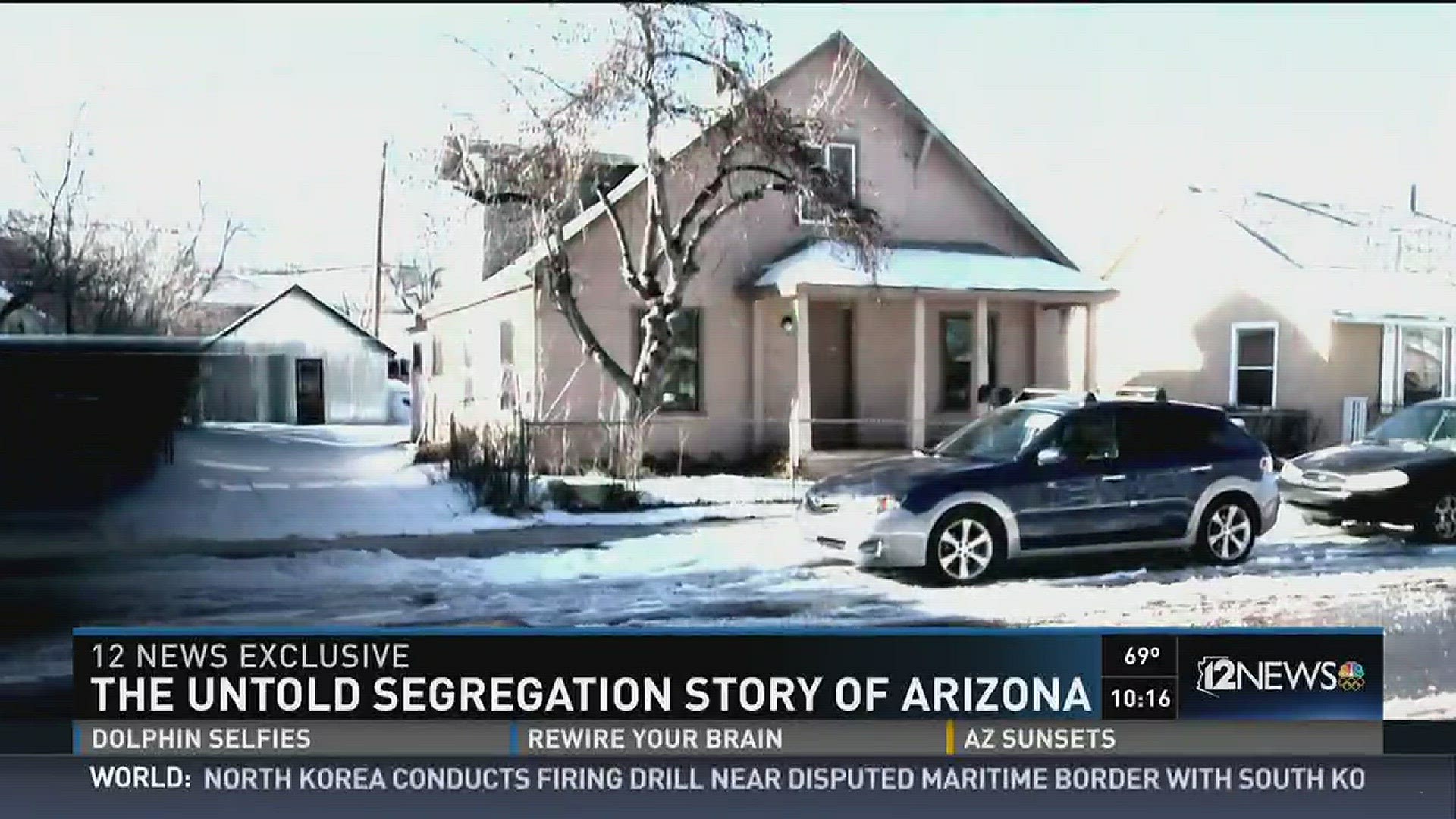Segregation is a piece of American history that can be difficult and uncomfortable to talk about.
The fight for civil rights by African Americans is well documented in many forms.
In Arizona, blacks faced many of the same struggles they did in the South. In the Southwest, Mexicans and Mexican Americans were also part of the battle to be equal.
The recent sale of South Beaver Elementary, a historic school in Flagstaff, has reignited interest on this racially tense time in which blacks, Mexicans and other minorities were segregated in Arizona and throughout the Southwest.
Jeanne Powers, a sociologist and associate professor for Arizona State University, has chronicled what she calls 'a forgotten part of Arizona history', in several papers. As she puts it, there were "not only Jim Crow laws but Juan Crow as well."
Powers says, because Jim Crow segregation laws didn't specifically name Hispanics, the extent to which they were targeted was difficult to document and to this day isn't widely known.
12 News reporter Monique Griego decided to find out more about Hispanic segregation after learning, on a recent trip to Flagstaff, that her grandmother, Mary Ceballos Griego, attended a segregated school in Flagstaff in the 1940's.
It was the first time Griego learned anything about this part of her grandmother's life story.
The school she attended, South Beaver Elementary, was recently purchased by Northern Arizona University.
In was built in 1935 on South Beaver Street near NAU's campus.
"It was a wrong reason to build it," said Delia Munoz, a Flagstaff native and a library specialist at NAU's Cline Library. "They wanted to segregate the Hispanic people from the north side."
Munoz has been working for years to archive this under documented part of the city's history.
Her project, Los Recuerdos del Barrio en Flagstaff, chronicles what happened through the pictures and stories of those who lived it.
Back then, the town was divided by the railroad tracks along Historic Route 66: Whites lived to the north, minorities to the south.
It was an unofficial line most people didn't cross unless they had to.
In a surprising twist, South Beaver is now adding a different chapter to its legacy.
"Even though this was originally built to segregate, now international students are here and it is more inclusive," said Hannaliisa Savolainen, the Director of NAU's PIE program, which stands for Program in Intensive English.
The school is now where international students go to become proficient enough in English to attend classes.
PHOTOS: Segregation in the Southwest
Here's a timeline of segregation in the Southwest:
Griego's grandmother's family, a mix of Mexican, European and Native American descent, immigrated to Arizona in the early 1900s.

